Breastfeeding With Nipple Piercings: 6 Tips For Safe Nursing
Discover the challenges and unique considerations of breastfeeding with this piercing.
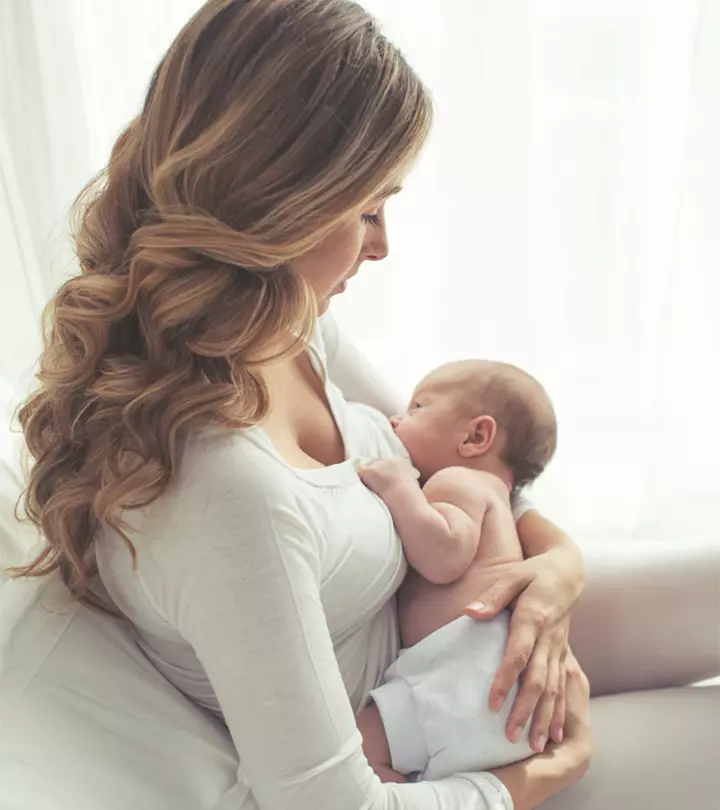
Image: Shutterstock
Breastfeeding is one of the most anticipated yet cherished experiences for new mothers, but it is accompanied by several questions and concerns. With the current trend of body modifications, questions about breastfeeding with nipple piercings have been added to the list of queries by expecting mothers. There are several myths surrounding nipple piercings and breastfeeding, including the belief that it is impossible to breastfeed with a nipple piercing or that piercings can affect milk production. In this article, we try to dispel these myths and provide all the facts behind nipple piercing and breastfeeding. We separate fact from fiction to empower new mothers to make informed decisions during their parenting journey. Scroll down to know more!

In This Article
Do Nipple Piercings Affect Breastfeeding?
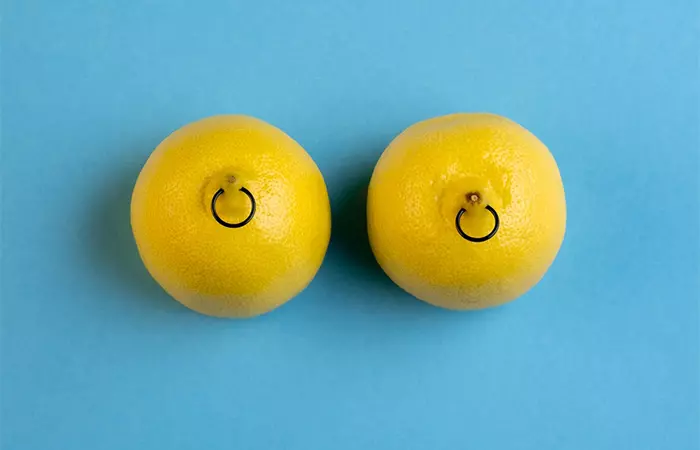
The straightforward answer to this is yes, nipple piercings do impact breastfeeding. They impact a lot of factors such as the flow of milk, the risk of infection, and more. Keep reading to understand the exact impact of piercings on the nipples.
1. Effect On The Mammary Glands
Unlike the common concern, nipple piercings do not cause any damage to the breast milk supply. Mammary glands that produce breast milk are located within the breast tissue connected to the nipple through a network of ducts. These glands produce milk after childbirth, regardless of whether you have a piercing or not. But sometimes trauma to or nerve damage at the nipple during the piercing may cause loss of sensation and impact the milk-ejection reflexes, leading to an inadequate milk supply. Therefore, a piercing may also inhibit the letdown reflex following suckling (1)
2. Impact On The Flow Of Milk
A nipple piercing does not cause abnormal milk production but may impact milk flow. The nipple consists of tiny ducts that carry the milk to the opening. A piercing may block or damage the milk ducts and reduce milk flow (2). It is also possible that the piercing causes scarring inside the nipple. This may not be visible externally but causes a blockage in the milk duct that stops or slows the milk flow. The chances of scarring are higher with multiple piercings on the nipple. Scar tissue in the milk duct may also lead to inverted nipples that can be resolved using nipple formers (3).
Sometimes, removing a nipple piercing can result in a hole that may lead to the leaking of breast milk or faster milk flow. This increased flow may make it difficult for the feeding infant.
A blogger details her breastfeeding experience with a nipple piercing. She writes, “After the birth of my son breast feeding was interesting; the milk was literally exploding out of the end of my teat like a three way valve (i).” Though advised to take off the piercing for a few months after giving birth, she did not follow this and ended up struggling with milk leakage during breastfeeding.
3. Nipple Piercing And Infection
As with any other body modifications, the risk of an infection is high with nipple piercing. A blocked milk duct may get inflamed, leading to a breast infection known as mastitis. The symptoms include soreness, redness, and swelling. Mastitis infection can also be caused by staphylococcus bacteria, usually found on the skin. A staph infection commonly develops when you frequently touch the wound, especially with unwashed fingers. Unhygienic piercing conditions and improper sanitation may also cause bacterial infections.
According to a case study, a woman was infected with Mycobacterium fortuitum after swimming in muddy algal water a few months after getting a nipple piercing. She noticed a breast abscess a month later. The hyperechoic lesion was accompanied by pain and redness of the overlying skin. It was non-malignant, and the patient had to undergo antibiotic treatment to relapse the abscess (4).
Skin abscesses may require elaborate antibiotic treatment. Sometimes, they may have to be drained and cleaned in a surgical procedure. During pregnancy and breastfeeding, strong antibiotics are not recommended. In dire cases, the individual may not be able to continue breastfeeding till the bacterial infection is cured.
4. Need For Professional And Reputable Piercer
You face a high risk of infected nipple piercing if you get it done in unhygienic conditions. Choose trusted professionals for your nipple piercing and make sure that they are licensed by the state health department. Ensure they use sterile needles, wear gloves, sterilize the skin, and follow hygiene practices.
 Trivia
TriviaNipple piercings were a fashion fad from the Victorian era between the 1890s to 1900. This piercing was believed to maintain a pleasant bust shape and size.
With a clear understanding of the impact of nipple piercing on breastfeeding, it is important to analyze the practical impact. While debunking the myths associated with breastfeeding with nipple piercing, let us address the crucial concern of whether breastfeeding is possible with a piercing.
Key Takeaways
- Breastfeeding with nipple piercing can present challenges to the mother and baby. Proper precautions and care can ensure a smooth breastfeeding journey.
- Consider the healing time of nipple piercings before planning a pregnancy. It takes about 4-6 months for a nipple piercing to heal.
- For healed piercings, follow strategies like removing the jewelry during nursing and using nipple shields to ensure a positive breastfeeding journey.
Can You Breastfeed If You Have Pierced Nipples?
If you already have a piercing, rest assured that a healed nipple piercing does not generally affect breastfeeding (5).
Nipple piercings usually take 6-12 months to heal completely. Due to the slow healing phase, keeping the area away from infection the whole time is essential. Saliva is a rich mixture of bacteria, so breastfeeding before letting your teat heal completely can easily lead to infections. A lactation consultant can provide you with needed advice to ensure a smooth breastfeeding journey with pierced nipples.
Childbirth is a beautiful and fragile phase in a woman’s life. Several changes take place within the body and an invasive procedure like piercing can be risky. If you are interested in getting a nipple piercing after giving birth, keep reading to learn more about the process and what to expect.
Can You Get A Nipple Piercing While Breastfeeding?
Certain precautions can make it possible to breastfeed with a nipple piercing, but you should never get a nipple piercing while breastfeeding or during pregnancy.
- Most piercers will not do any body piercing during the lactation or pregnancy periods. The immune system is the most compromised during these times and can affect the healing process.
- Sleep deprivation also contributes to further affecting the immune system, making it difficult to fight infection during prenatal and postnatal periods in women.
- If you plan to conceive, arrange for the piercing three months after weaning or at least one year before conceiving.
 Pro Tip
Pro TipIf you have pierced nipples or are planning to get a piercing, you may be curious about the potential risks involved in terms of the health of your baby while breastfeeding. Refer to the section below to get a better understanding of the nuances and risks of breastfeeding while wearing nipple jewelry.
Risk Of Breastfeeding With Pierced Nipples
You may have several questions when you step into motherhood with pierced nipples. It is necessary to understand the potential challenges related to breastfeeding with a nipple modification.
Piercing jewelry is made of metal that can damage your baby’s delicate oral skin. The presence of the ornament may also make it difficult for the baby to latch onto the breast. There is also a risk of the jewelry coming off its placement as the baby suckles, posing a choking hazard. The recommended practice is to avoid piercing jewelry during breastfeeding.
Additionally. infection risk is a major concern with nipple piercings as there is a high chance of passing it to the child. Proper precaution and hygiene is the key to keeping your nipple piercing free of infection. The risk of infection is high in the case of piercings that have not healed completely. The common signs of infection include pus, discharge, prolonged tenderness or swelling, and rash. It takes around 6-12 months for the nipple piercing to heal completely, and you must contact your provider if you notice any of these symptoms during your breastfeeding period.
Proper care is essential to ensure nipple piercings do not affect breastfeeding. Take a look at the safety precautions for breastfeeding with a piercing and how you can ensure a safe breastfeeding period.
How To Breastfeed With A Nipple Piercing

You can definitely breastfeed with a nipple piercing if it has fully healed. Here are a few important points to be noted before breastfeeding with a nipple piercing.
- Remove the piercing jewelry before latching the baby on. You can remove the jewelry for the entire breastfeeding period or during each breastfeeding session. Even though the former option is recommended, proper care can prevent infections if you remove jewelry during separate feedings.
- Clean the jewelry thoroughly before re-inserting it after each nursing session. Wash your hands with an antibacterial unscented soap while putting in or taking out jewelry. Avoid harsh soaps or alcohol-based products, as they dry the skin and aggravate infections. Always dry nipple jewelry completely before insertion to prevent infection.
- Try using silicone retainers to maintain the piercing hole instead of removing and reinserting the jewelry after each feeding.
- The leaking of excess milk through the piercing can be handled with breast pads for absorption. You can also pump out breast milk and store it for later use.
- The piercing may cause excessive flow of breast milk. Try changing the breastfeeding position to adjust the flow to make it convenient for the baby.
- Get help from a breastfeeding specialist regarding how you can use nipple shields for breastfeeding with nipple piercing. The shield prevents the piercing or the jewelry from coming in contact with the baby’s mouth, thus helping avoid discomfort and related issues.
Nipple piercings can be bold and fun, but if you are lactating or pregnant, consider consulting your gynecologist or lactation consultant first. They can tell you how a nipple piercing will affect the nursing stage. Breastfeeding with a nipple piercing poses a risk of infection and other issues, such as milk leakage. The female hormonal changes during pregnancy and breastfeeding may also cause slower healing of the piercing. It is, therefore, best recommended to wait until giving birth and finishing breastfeeding before getting a nipple piercing.
Frequently Asked Questions
What should I do if I notice signs of infection after getting a nipple piercing while breastfeeding?
If you see redness, swelling, or discharge, reach out to your healthcare provider right away. Quick treatment can help prevent any complications that might impact breastfeeding.
How long after breastfeeding can I pierce my nipples?
Hormones released by the body during breastfeeding can delay the skin’s healing process. It is therefore recommended to wait for 3-4 months after weaning before getting a nipple piercing.
Will breastfeeding hurt with nipple piercings?
With a fully healed nipple piercing, there is very little chance of any pain while breastfeeding. However, an infection, abscess, or scarring of the pierced nipple can lead to pain.
Can I pump breast milk with nipple piercings?
A well-healed piercing usually does not impact breastfeeding or pumping. Yet, it is recommended to remove the jewelry for each pumping session to prevent the passing of bacteria from the jewelry to the pumped milk. Also, the pumping process forms a vacuum over the nipple which may exert pressure over the jewelry causing it to dig into the piercing.
Watch this video to get a quick insight into the consideration and challenges surrounding breastfeeding with nipple piercing. It answers common questions among new parents regarding nipple jewelry and how it affects the breastfeeding journey.
Personal Experience: Source
StyleCraze's articles are interwoven with authentic personal narratives that provide depth and resonance to our content. Below are the sources of the personal accounts referenced in this article.
(i). Conversations with my son
https://retrotigress.wordpress.com/2013/06/09/conversations-with-my-son/
References
Articles on StyleCraze are backed by verified information from peer-reviewed and academic research papers, reputed organizations, research institutions, and medical associations to ensure accuracy and relevance. Read our editorial policy to learn more.
- Complications associated with intimate body piercings
https://pubmed.ncbi.nlm.nih.gov/30261561/ - 16 – Breast Conditions in the Breastfeeding Mother
https://www.sciencedirect.com/science/article/abs/pii/B978032368013400016X - Breast Abscess After Nipple Piercing
https://www.researchgate.net/publication/51604037_Breast_Abscess_After_Nipple_Piercing_Sonographic_Findings_With_Clinical_Correlation - Mycobacterium fortuitum breast abscess after nipple piercing
https://www.ncbi.nlm.nih.gov/pmc/articles/PMC3994836/ - Nipple Piercing
https://www.ncbi.nlm.nih.gov/books/NBK500564/
Read full bio of Rodrigo Casco
Read full bio of Reshma Latif
Read full bio of Anjali Sayee
Read full bio of Joyce Joyson






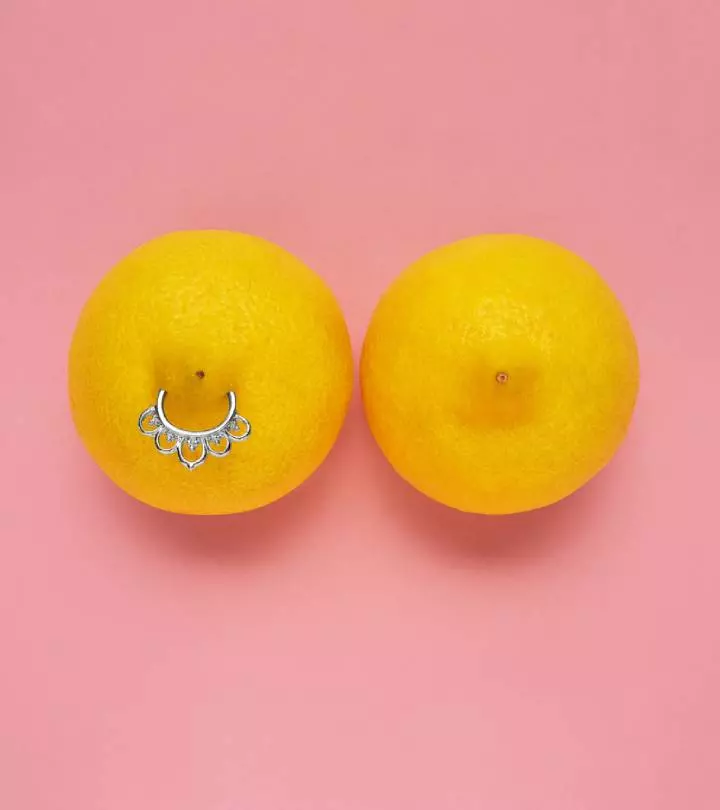
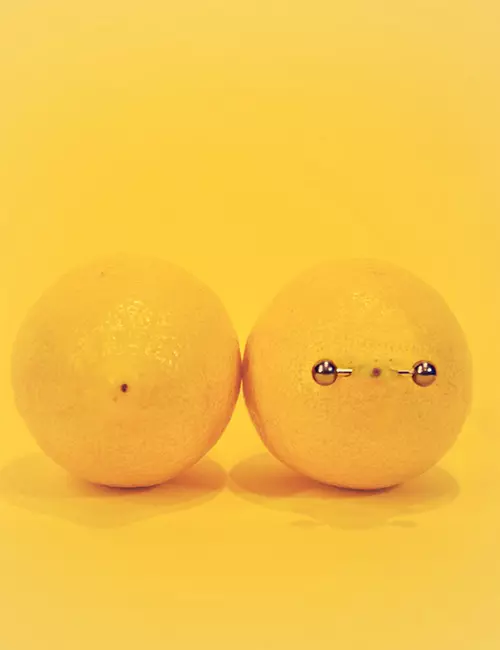
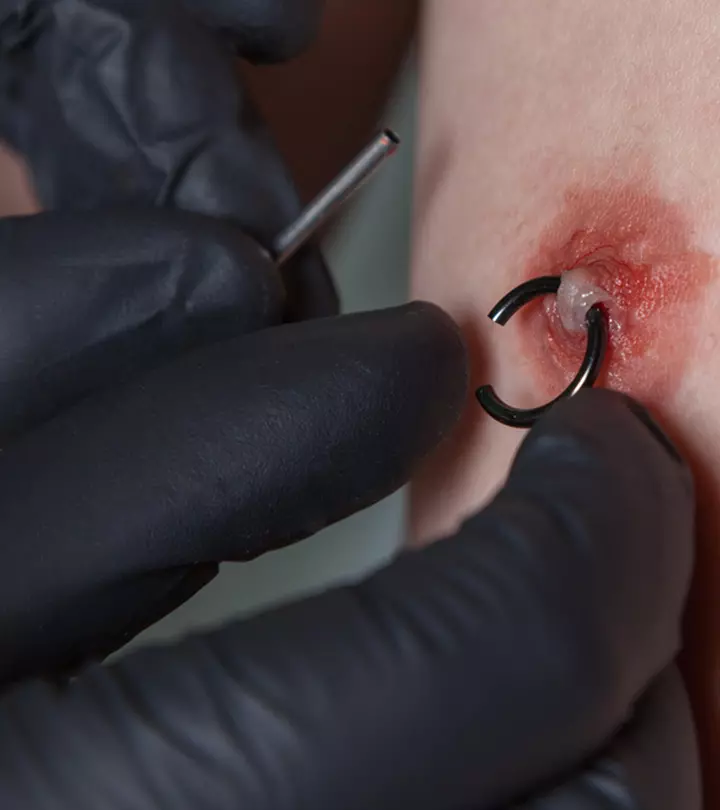
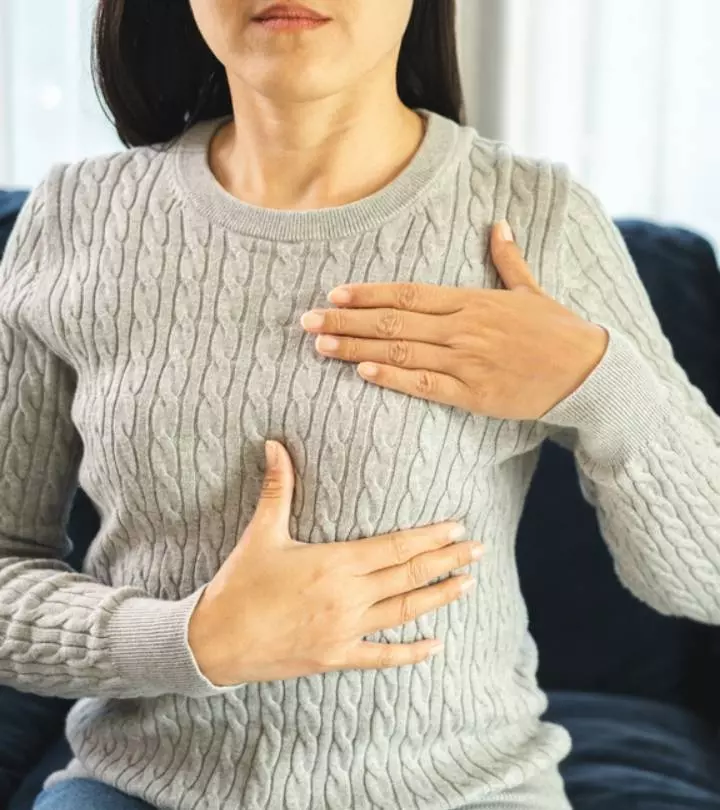

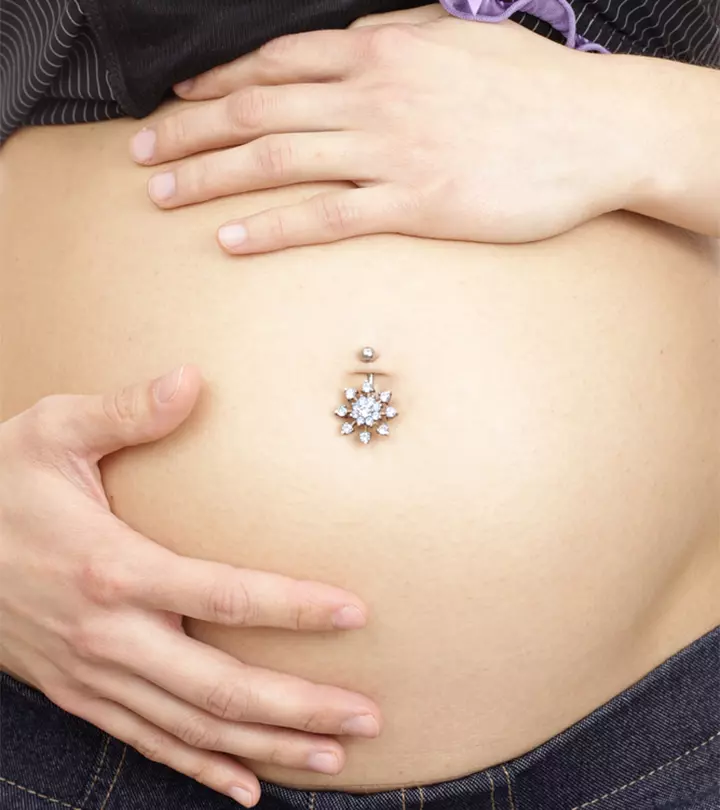
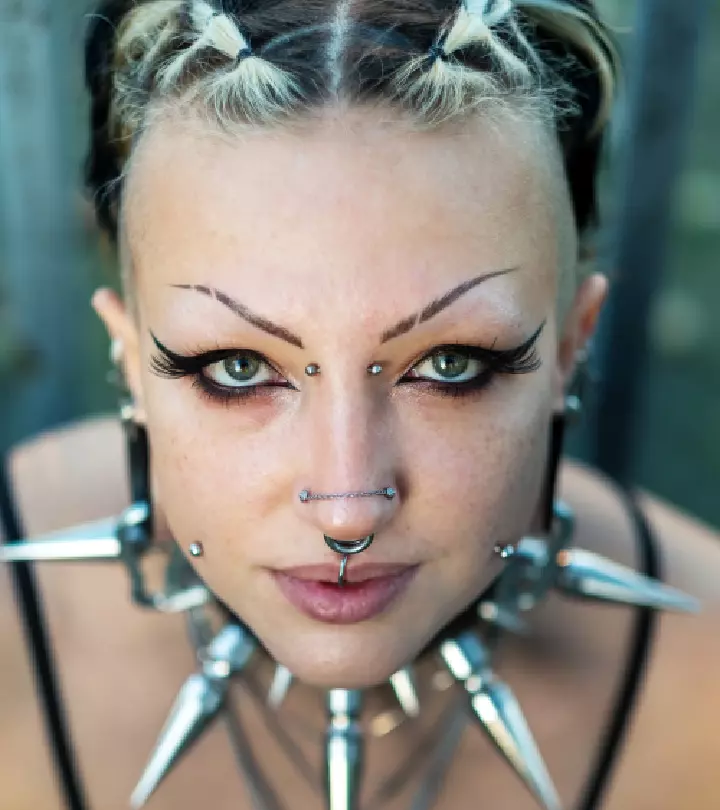
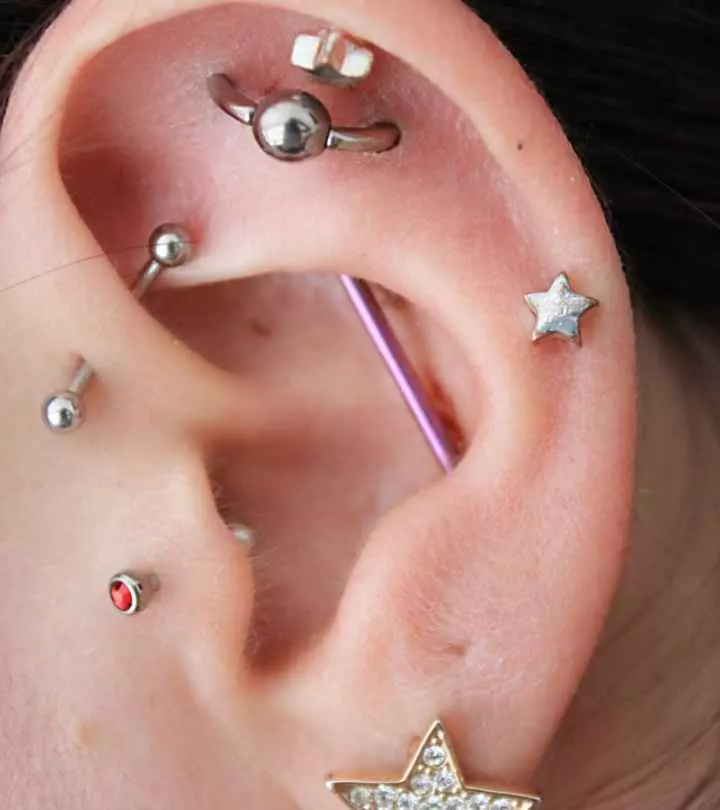
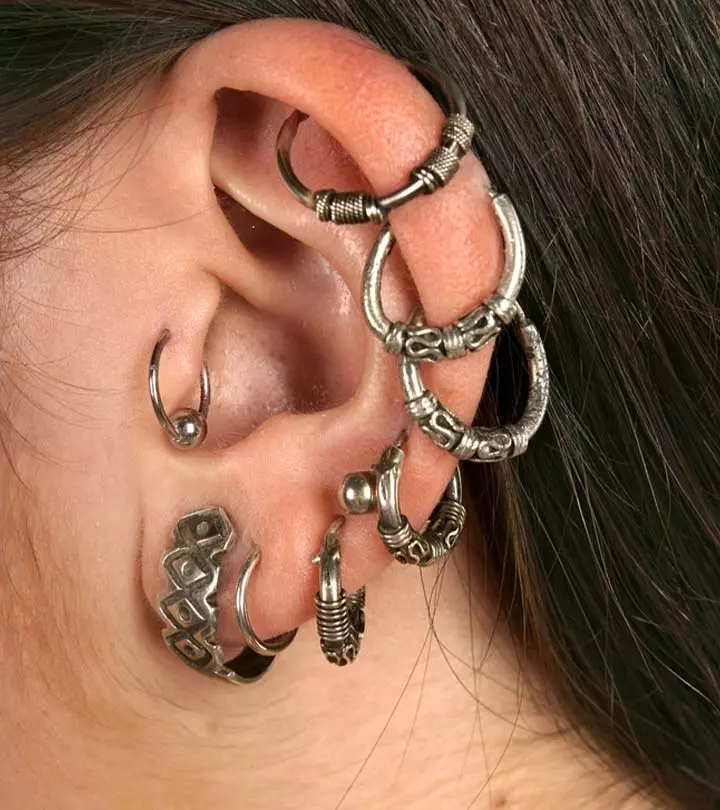

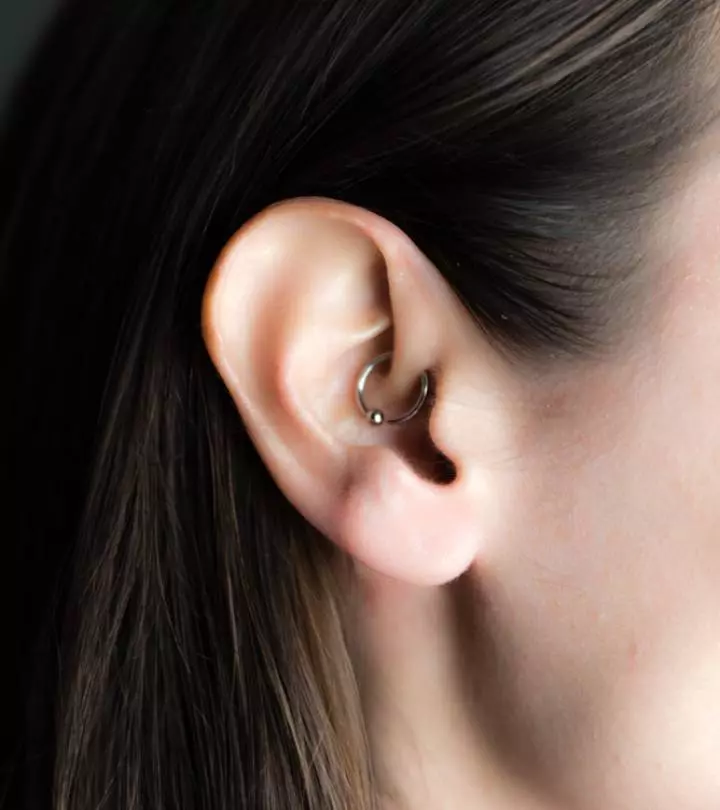
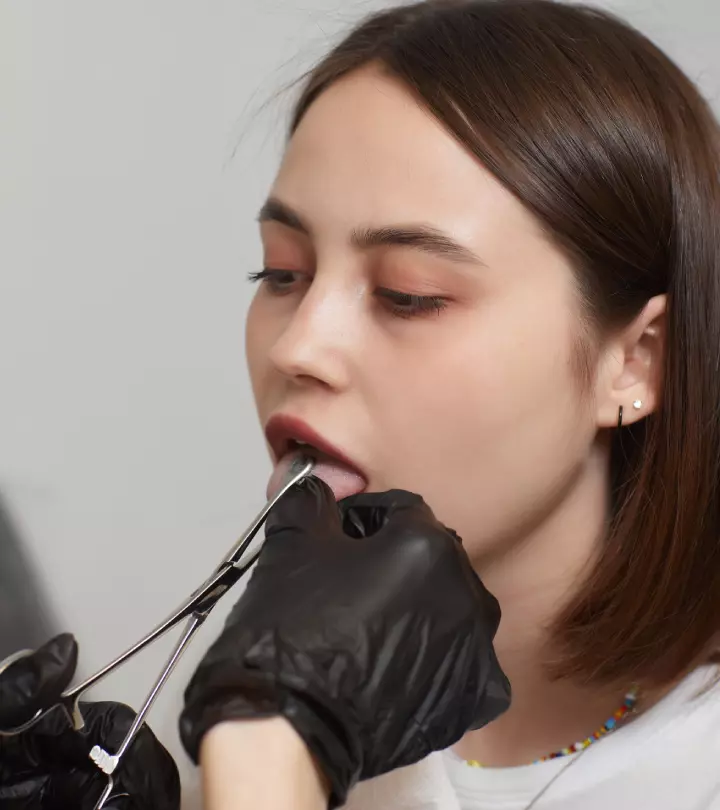
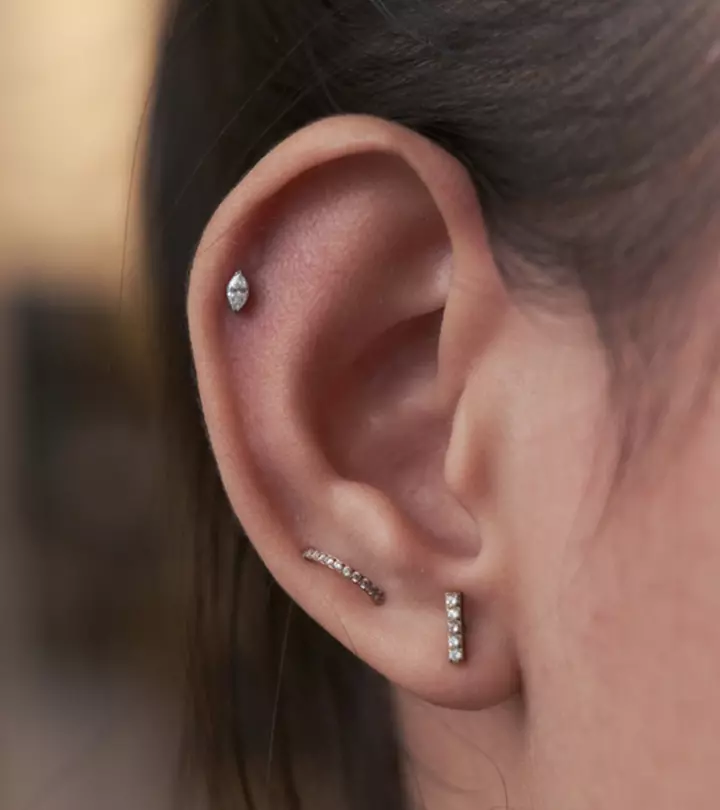

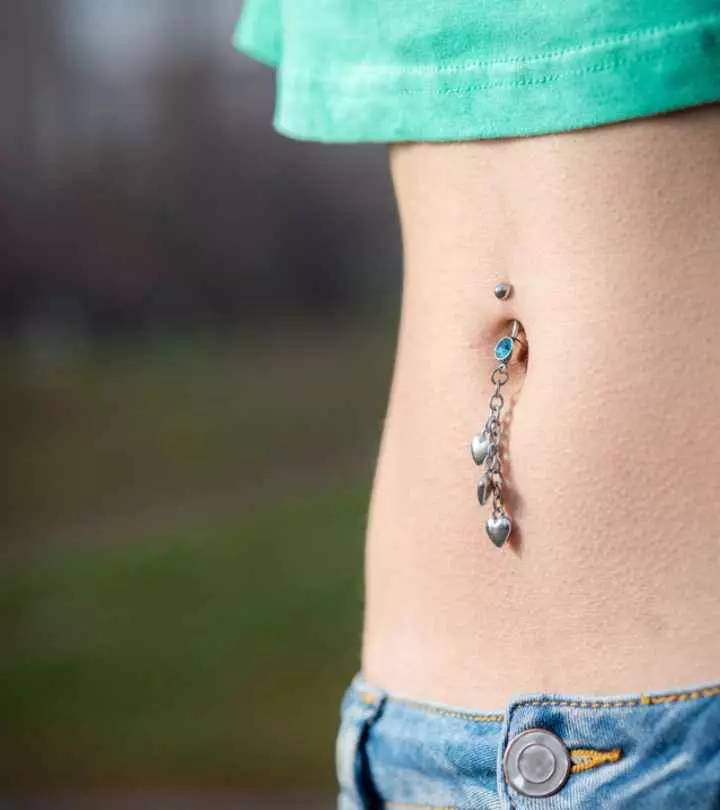
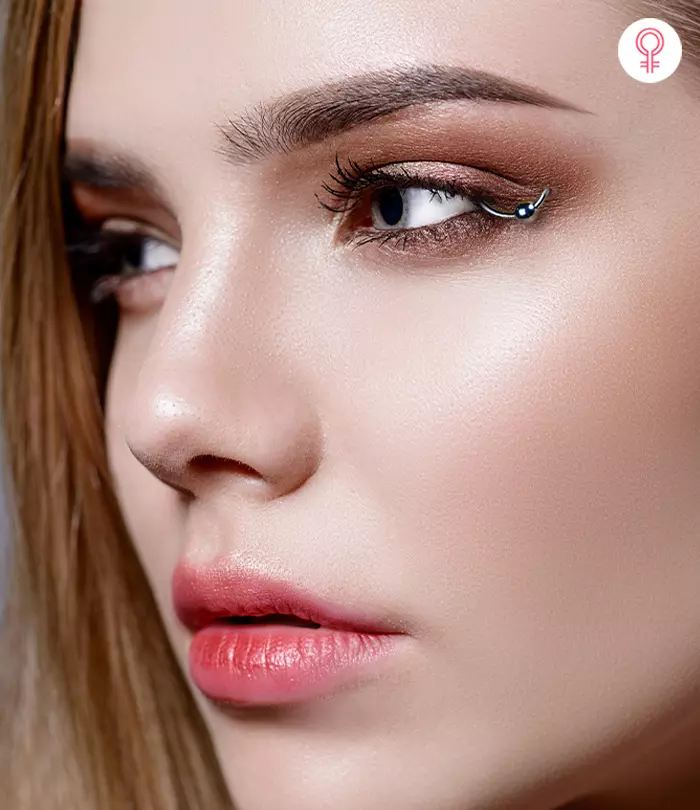
Community Experiences
Join the conversation and become a part of our empowering community! Share your stories, experiences, and insights to connect with other beauty, lifestyle, and health enthusiasts.